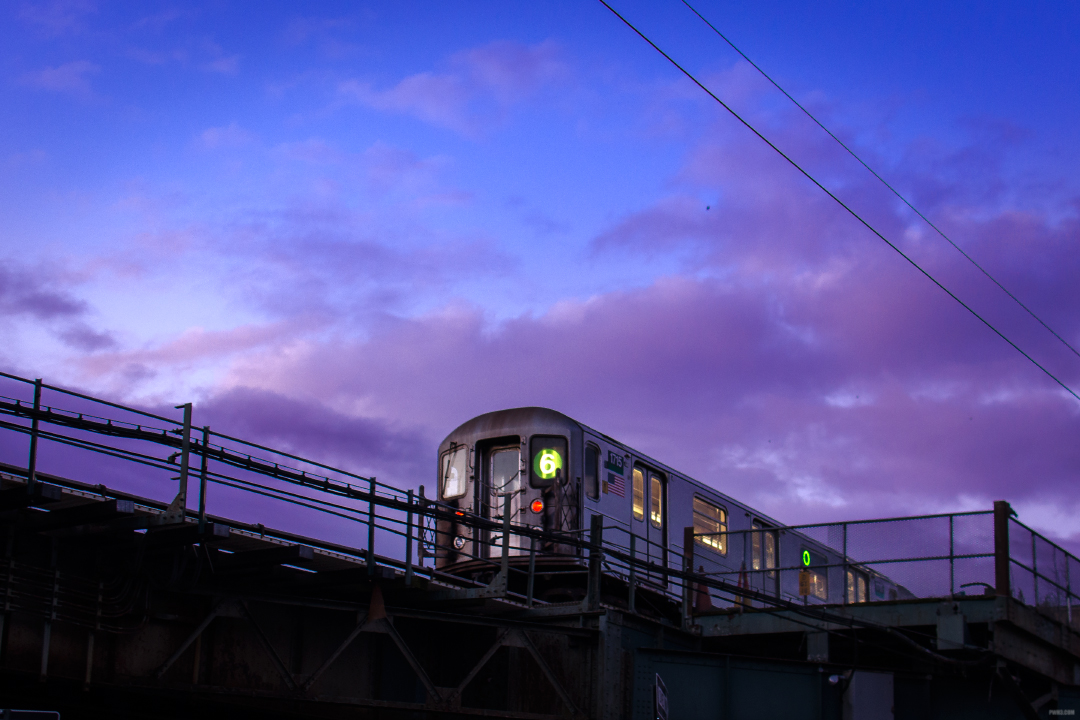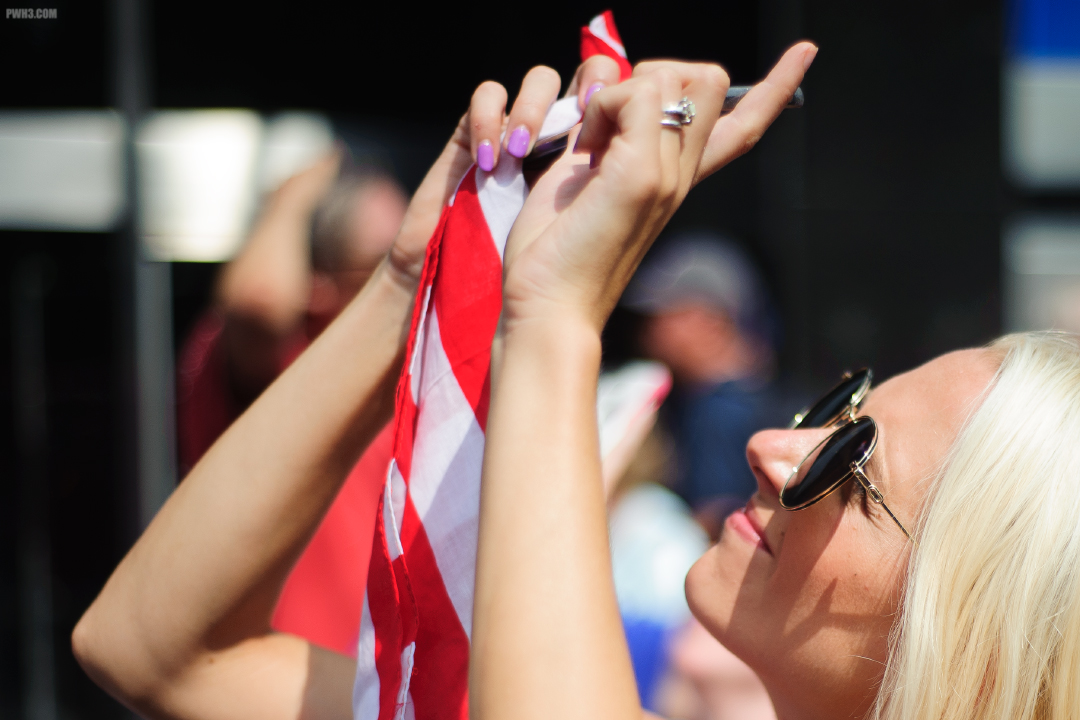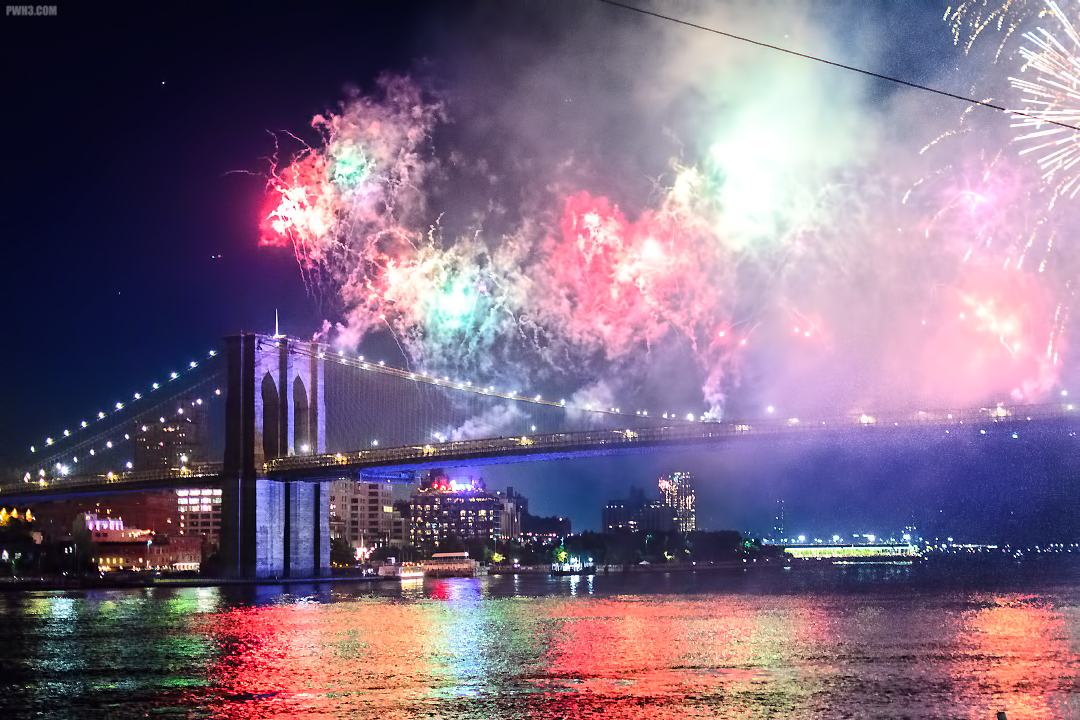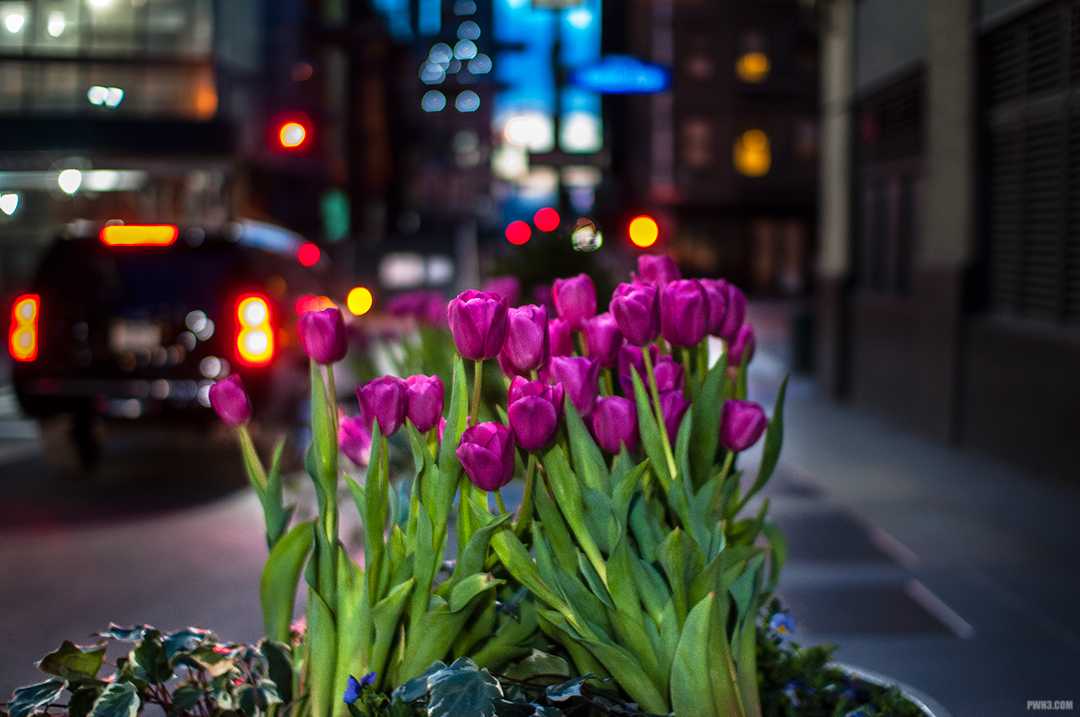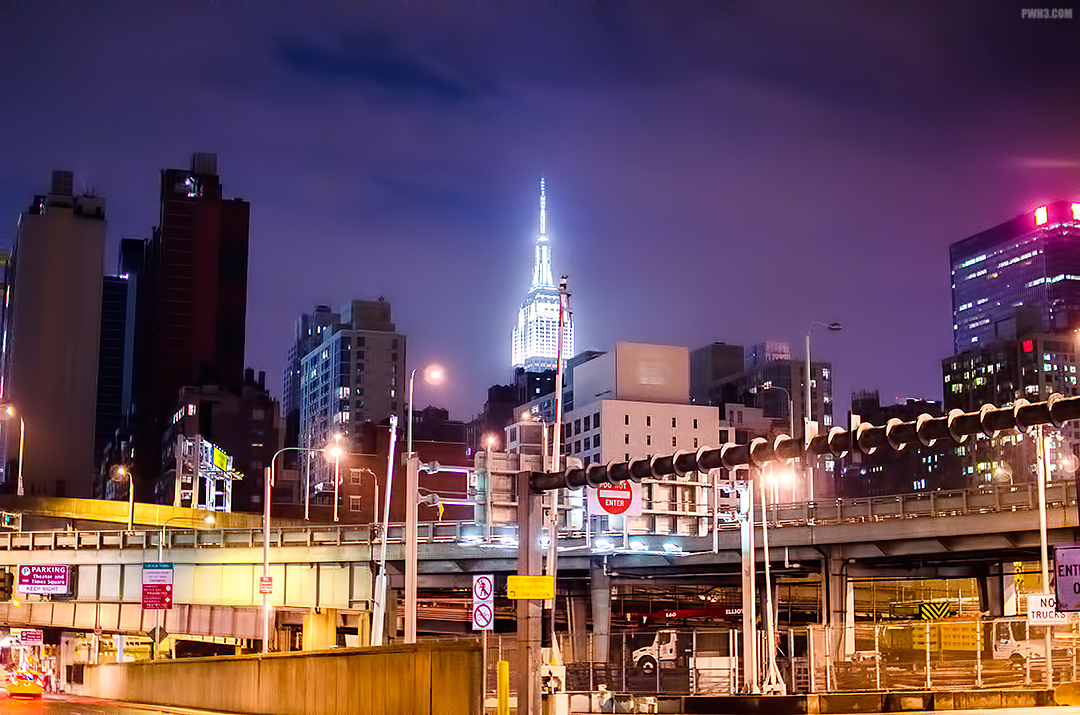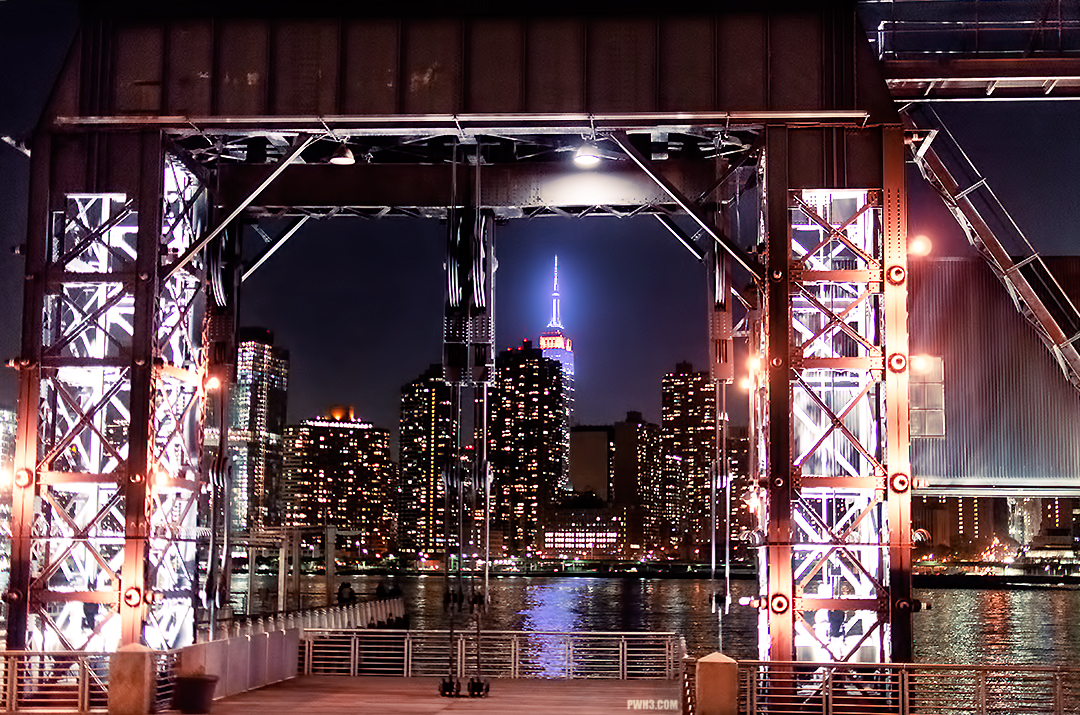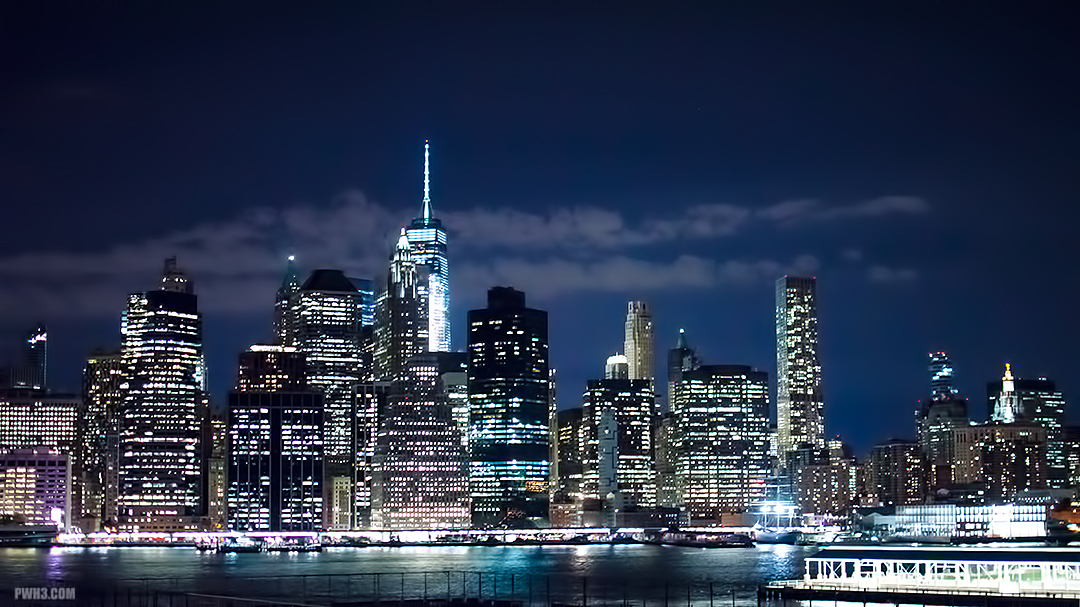The Nikon D5100 was released in the year 2011 and I have had it for years. It’s lasted far longer than all of my relationships — and has provided a lot more fun.
Continue reading “My Favorite Camera is Nearly 13 Years Old”Category: Nikon
Advanced Quick Tip – Set Your RAW files to “Lossless compressed”
Your professional camera probably has multiple settings for RAW compression. Changing how your camera compresses RAW files can be useful for saving space while shooting, but it may have some unfortunate effects, particular if you are using an older camera with an older sensor. You may not notice it in every image, but there may come a time when an important image suffers due to how your camera handles RAW compression.
RAW Compression Settings
Whatever you do, don’t bother with Compressed RAW images, as they will sometimes give you an unfortunate dithering or gradient in your sky shots (or any shots that contain large areas of solid color) that you can’t easily remove in post processing.
Continue reading “Advanced Quick Tip – Set Your RAW files to “Lossless compressed””Using a Nikon D700 in the Year 2019
It seems that every photographer dreams of some day owning a digital full-frame camera. The lure of full-frame is strong, with promises of photos that have less noise, better retention of shadows and highlights, better color accuracy, and that amazing shallow depth-of-field.
However, improvements in sensor technology have made APS-C and even Micro Four Thirds (m4/3) nearly equal to full-frame cameras in many of those areas. In my opinion, the main reason to move to a full frame system is if you really need very shallow depth-of-field at normal to wide angles (such as 50mm, 35mm, 28mm, 24mm, and so on). Otherwise an APS-C or m4/3 will probably serve you better, and for much less cost.
That being said, if you really want a full-frame camera but don’t want to spend a lot of cash, there are lots of used options among older models. Once selling for thousands of dollars, these old full-frame cameras can now be had for mere hundreds.
Enter the Nikon D700
The Nikon D700 is a legendary camera. It has always reminded me of a digital version of Nikon’s F4 film camera in terms of cult status and aesthetic. And much like the Nikon F4, I have always wanted one (and now own both). The Nikon D700 originally retailed for $2999.99 back in the year 2008. In the used market today, you can pick one up for around $399 — or even less if you are patient and find a good sale. At this point, it’s the cheapest viable way to enter the world of full-frame photography.

Using an Eleven Year-Old Camera
So how does the Nikon D700 hold up today? Pretty well. It’s a rugged, solid, weatherproof camera. It’s *very* heavy but feels good to hold. The grip is perfect. The controls are great. The viewfinder is enormous and clear. And the full-frame images are… alright.
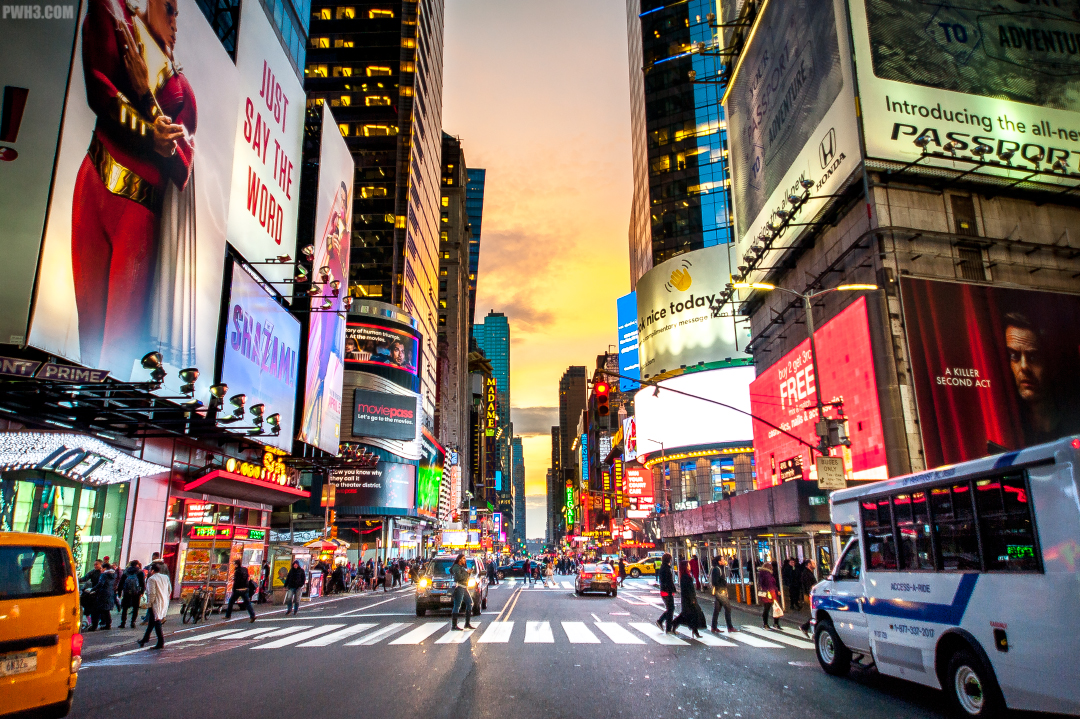
A Camera for the People
Color rendition at lower ISOs is excellent and true-to-life. Highlights and shadows in brightly lit scenes are preserved well. Blue colors seem particularly vivid, as is the case with many older Nikons. Skin tones at the base ISO are pretty good. The D700 seems to excel as a portrait or “people” camera, perfect for events.
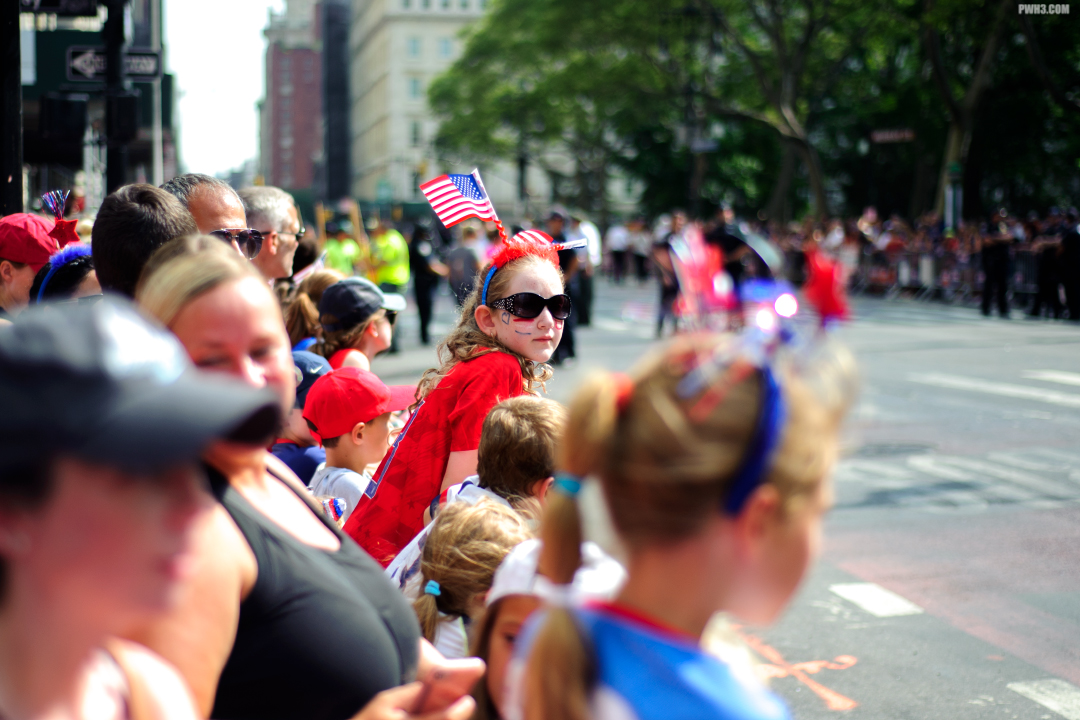
ISO Performance & Color
As ISO increases, the color rendition does not hold up as well, though that’s true of many cameras. The further up the ISO ladder you go, the more washed-out and inaccurate the colors become. When you reach ISO 3200 and beyond, you may find magenta or green color casts in a lot of your images.
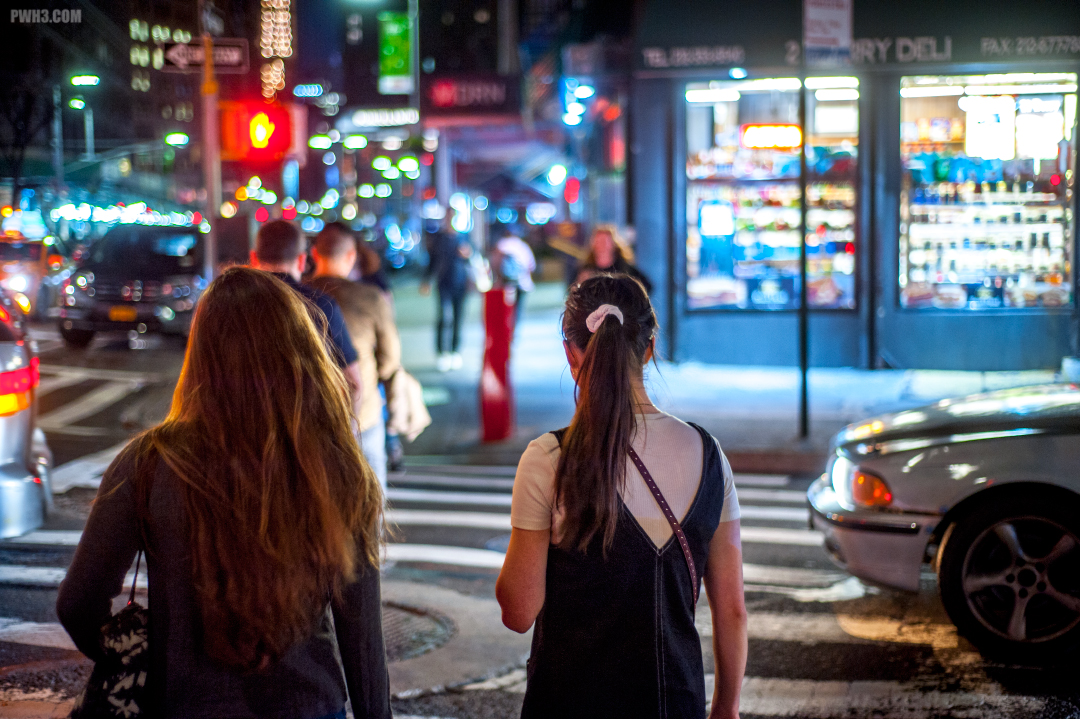
Difficult Shooting Situations
In high-contrast scenes where you may need to lift the shadows — such as trying to capture a group of people as they capture a sunset on their cell phones — there is a noticeable amount of noise. It’s not overwhelmingly bad, and not unlike film grain, but it definitely will be there if you try to salvage a photo taken under difficult conditions.

Low-Light Performance
Noise is also noticeably present in high-ISO shots and night shots. In addition to noise, some night shots suffered from vertical AND horizontal banding at ISO 3200 and higher. If you shoot a lot of night shots like I do, I would say ISO 5000 is your usable limit in terms of noise. But you’re better off staying at ISO 3200 and below.
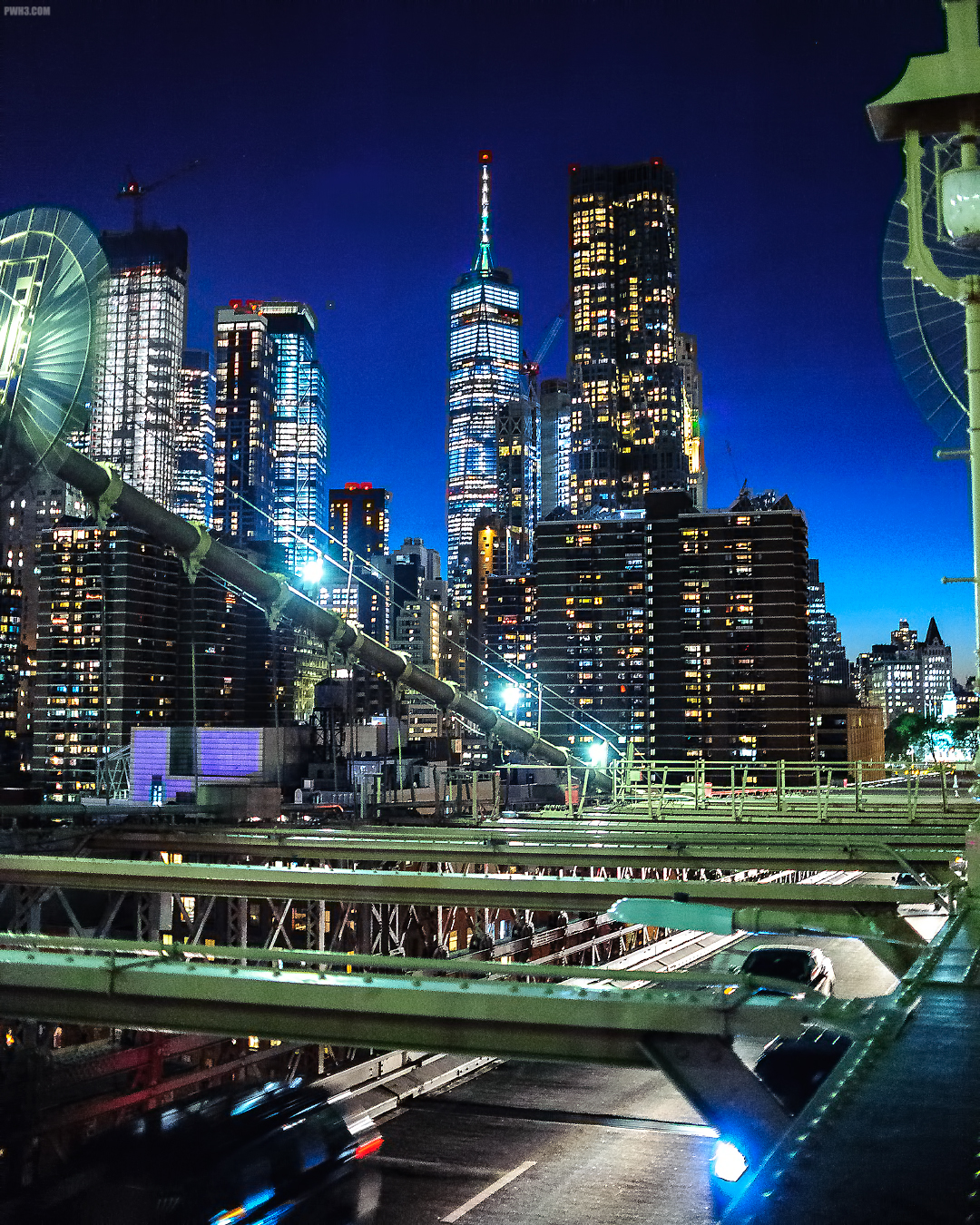
Other Things to Consider
This is an old camera, and the people who owned them were often professionals or serious enthusiasts. Therefore if you buy one it will probably have a very high shutter count. It’s likely that any one you pick up will have a shutter count of well over 100,000 actuations, and possibly over 200,000 actuations. The more actuations your camera’s shutter has, the more likely it is (statistically) that you’ll encounter a shutter failure which will need to be repaired.
If your camera suffers a mysterious problem and simply stops working, other parts needed for repair (such as LCD screens, internal electronics, the internal card reader) may be hard to come by or impossible to obtain.
The camera uses Compact Flash (CF) Cards instead of SD cards, so if you don’t have CF Cards laying around, that will be another thing you’ll need to buy. You will also need an external CF Card reader since no computer or laptop has a built-in CF card reader.
The Nikon D700 does not shoot video. In addition, the Live View mode is extremely cumbersome to the point of being useless, so if you’re a shooter who uses Live View often, you may want to rethink buying this camera.
If you are moving from a Nikon DX camera, you will mostly likely need to buy new lenses. Only FX lenses will work properly on this camera (except for the 35mm DX lens which actually does work pretty well, but that’s for another article).
Note: some of you who are Nikon DX users already have the Nikon 50mm f1.8G or f1.8D lenses which you are using for portraits; those two 50mm lenses will work fine.
So, remember to factor in the cost of all of these things when deciding to purchase this camera. You may find that your “cheap entry” into full-frame has gotten rather expensive after all.
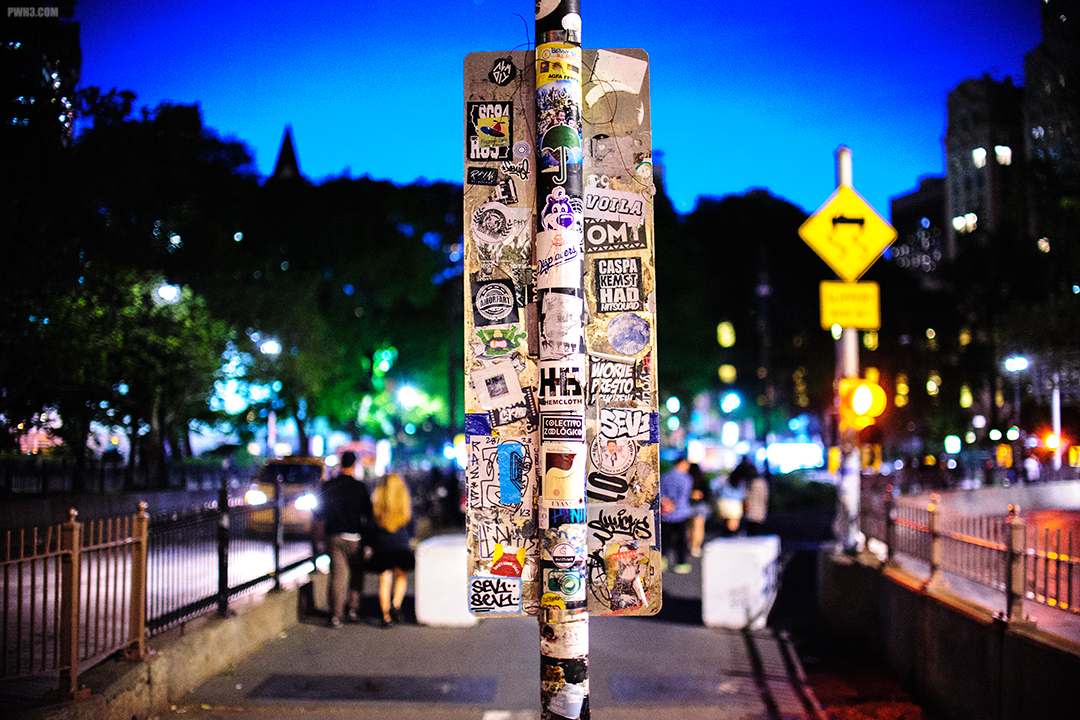
The Final Verdict
Would I recommend this camera over a recent DX Nikon? No. Even my little Nikon D5100 from 2011 performs better in terms of pure image quality and produces much better colors. It even handles noise better. The D700 is not a bad camera, especially for one that’s over a decade old. But technology has moved on and made significant improvements every area.
Would I recommend this camera to someone looking to buy their first full-frame camera? Maybe. The prices of used full frame cameras are all dropping. For a few hundred dollars more, you could pick up a used Nikon D610 or Nikon D810 which would produce much, much better low-light images. So if you’re a night or low-light shooter, I’d lean towards no. If you shoot mostly in the daylight or at well-lit events, then go for it.
I’d definitely recommend the D700 for people like me, who fall into the “always wanted one” category and are willing to put up with — or just don’t care about — the limitations of using an older camera. If you just want one, I feel like that alone is a perfectly fine reason to get one.
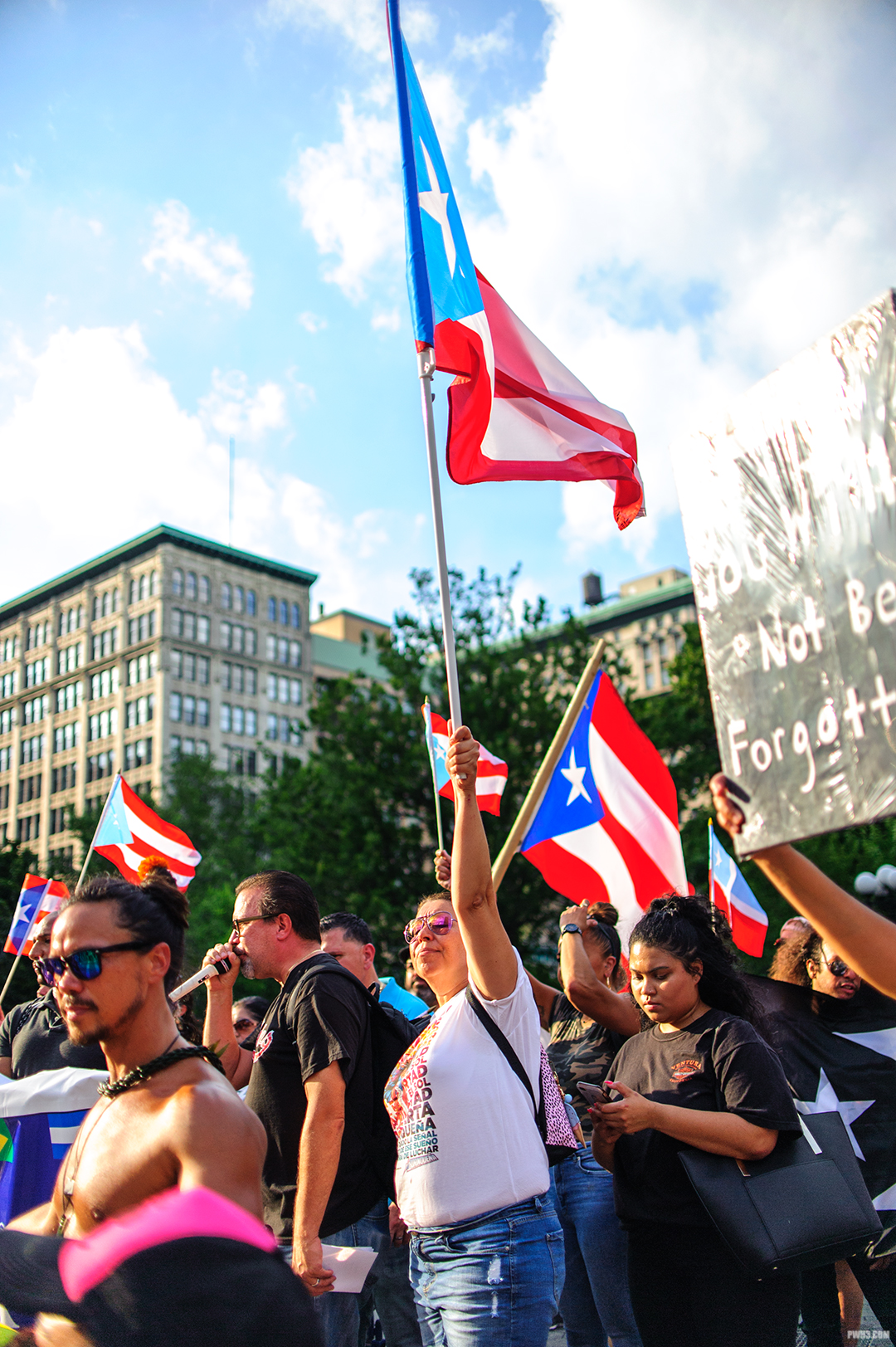
What are your thoughts on the Nikon D700? Leave a comment below if you are still using this camera in the year 2019 (or now, 2020) and tell me what you think about it. And consider following me on Instagram.
Reviewed and updated on 11/25/24.
The Nikon 35mm F1.8G DX is a Must-Have Lens for a Beginner
A previous article I wrote talked about how to get started in photography without spending a bunch of money on gear. I’d like to focus on the lens I recommended in that article — the Nikon 35mm f1.8G DX.
Classic Field of View
Most beginning photographers will have a crop-sensor camera, such as the Nikon D3300 that I recommended in the article. Without getting crazy technical here, using a crop-sensor camera always means that the millimeter number on the lens (in this case 35mm) is multiplied by 1.5. That means that this lens will give you the rough equivalent of a classic 50mm field of view.

Sharp, Light and Small
The Nikon 35mm is a lightweight lens. It’s perfect for carrying around all day long and using in a variety of situations. It’s useful for photos of people, close-up shots of objects, and even landscapes. The lens is very sharp and delivers images with quite a bit of detail.
Keep in mind that the lens is a prime lens with a fixed focal length – meaning that you can’t zoom with it. If you need to get closer to your subject, you’ll have to actually walk towards it!
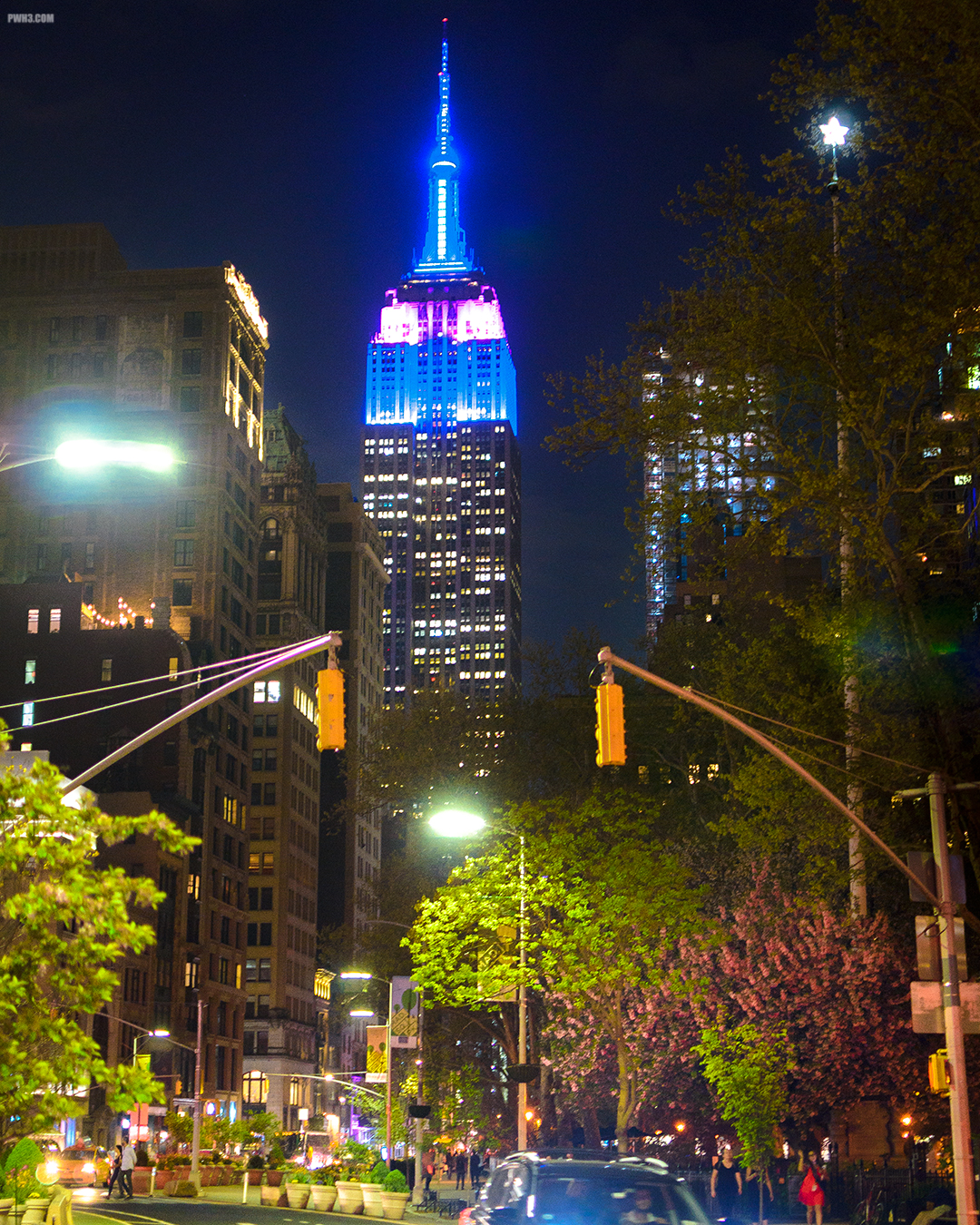
Cheap and Popular
The lens is also inexpensive. Brand new, it shouldn’t cost you more than $200 from any major internet camera retailer.
Even better, this lens is so popular that one of your Nikon-shooting friends probably owns one, and may let you try it out – at least for a few shots.
Good for Low Light and Night Shooting
The f-number of a lens tells you how much light the lens lets in, or how “bright” it is. Once again, I won’t get too technical here, but the lower the f-number, the better a lens will perform in low light situations or at night. This lens has an f-number of 1.8, which is a very low number (for comparison, a typical zoom lens has an f-number of 3.5, which is why most zoom lenses are not so good for low-light shooting).
What this all means is you can finally shoot clear, detailed pictures of your friends drinking in dimly-lit bars, or capture scenes on the streets at night that don’t look dark and grainy.
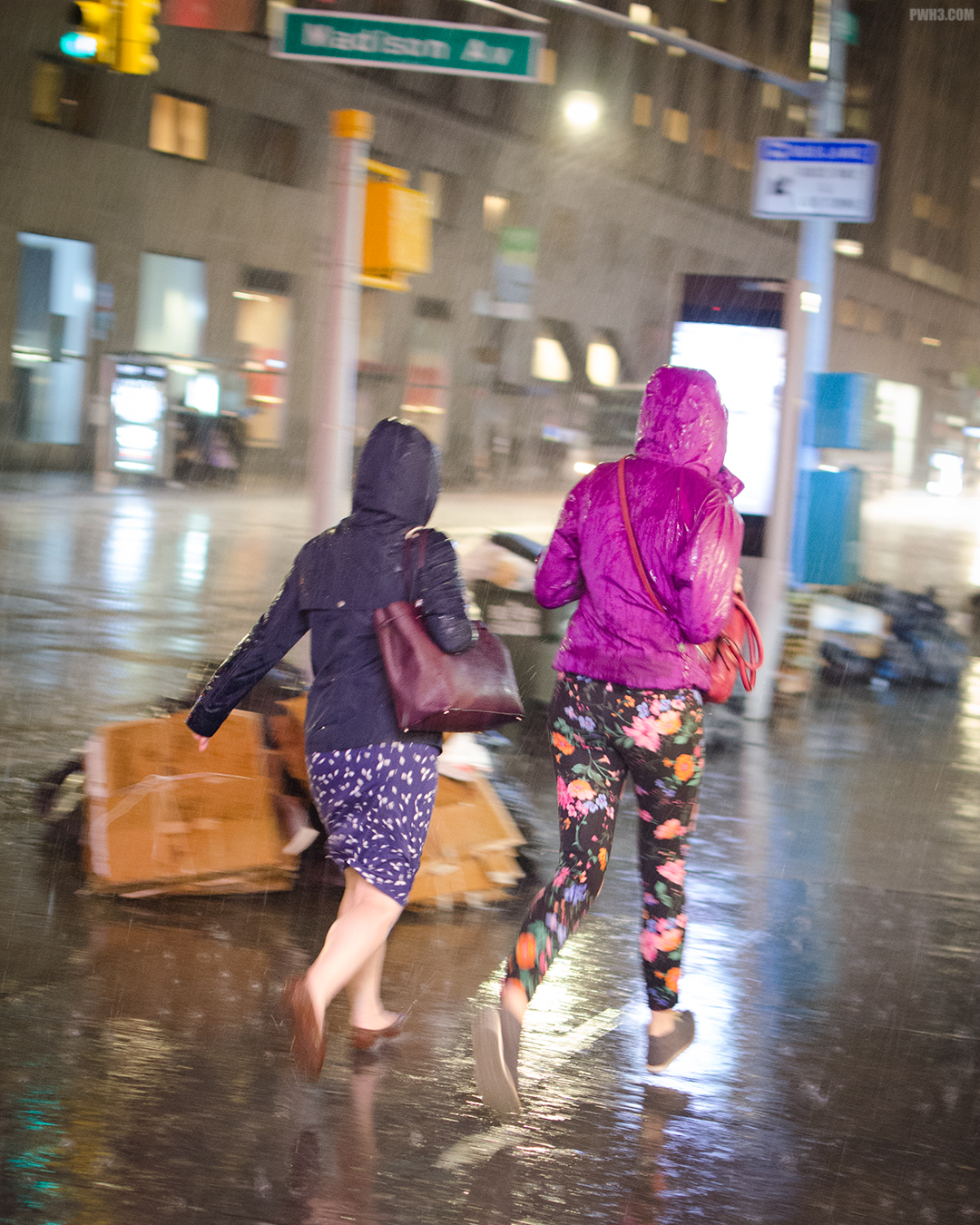
Blurred Background
Another great aspect of this lens is the ability to shoot photos with that “blurred background” look that everyone loves and craves. This makes the lens useful for casual portraits, or to isolate a subject that’s in front of a distracting background, such as a busy street.
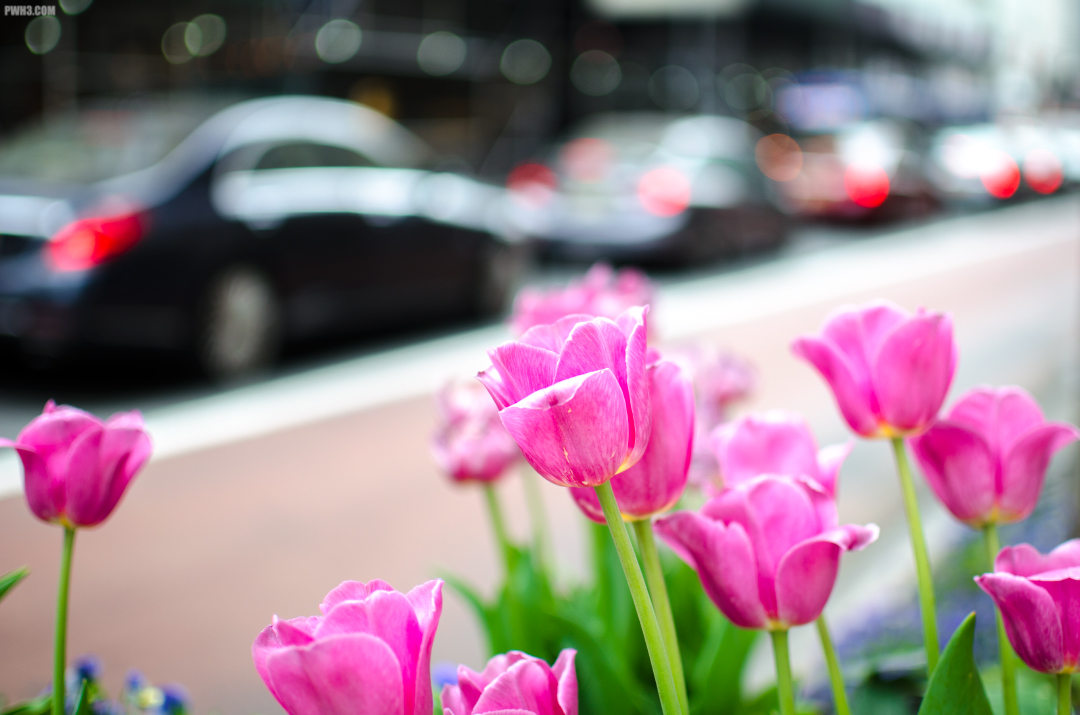
Nikon created a gem with this lens and even more amazing is how inexpensive it is to own. I highly recommend you go buy (or try) the Nikon 35mm f1.8G DX. Do you have this lens and enjoy shooting with it? Or are you a beginner that has more questions about it? Leave a comment below or feel free to message me on Instagram.
All photos in this article were taken with a Nikon D5100 and Nikon 35mm f1.8G DX lens. Except for the photo of the lens itself, which was taken with a Samsung Tablet & Snapseed.
Using a Nikon D90 in the Year 2017
I really like using older cameras and gear and trying to squeeze the best results I can out of them. A while ago I picked up a used Nikon D90 as a “backup” camera (as if I need any more cameras). What’s it like using a camera that came on to the market in 2008? Honestly, not that bad.
If you shoot RAW like I’ve suggested, you can get some pretty good results out of a camera that’s considered staggeringly obsolete in today’s fast-moving world of technology.
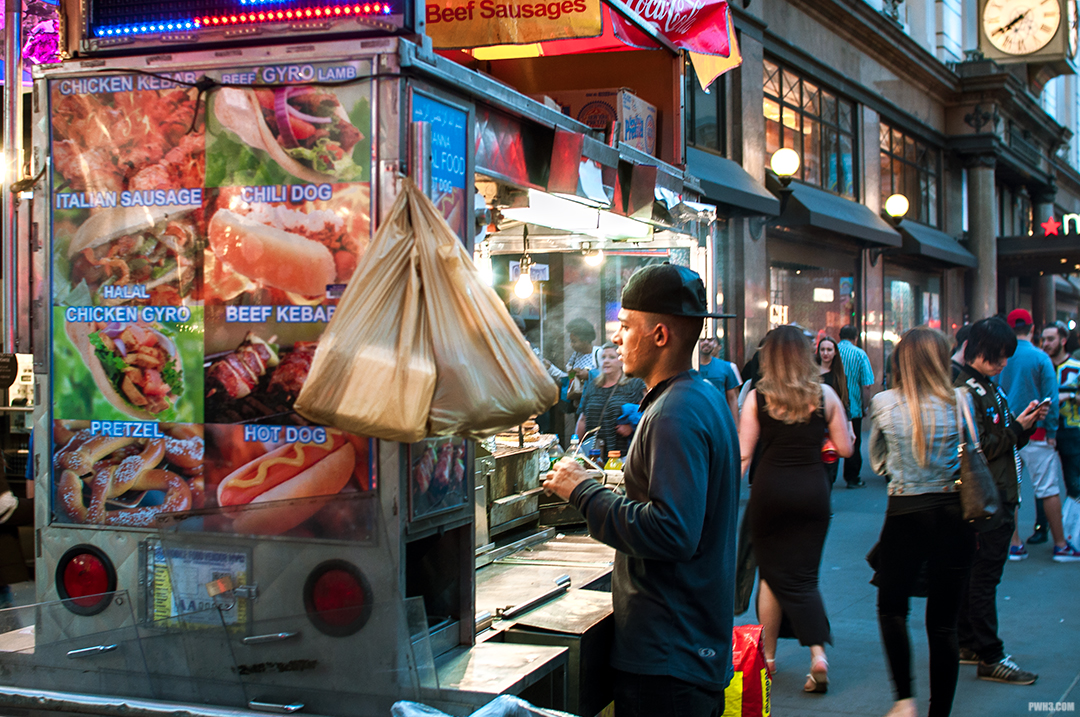
The D90 has a built-in focus motor, which is great because you can use almost any Nikon or third-party lens on it. I typically pair it with an old Sigma 30mm f1.4 DC HSM, a quirky lens that sometimes doesn’t focus on anything at all, but renders beautifully when it does.
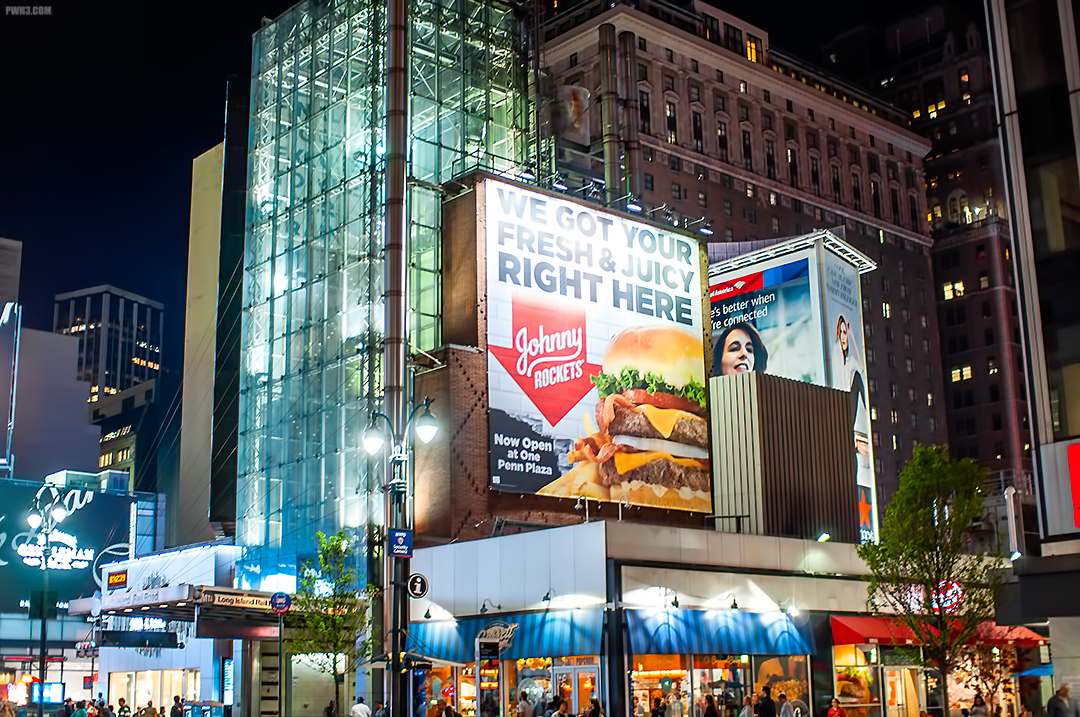
Another great thing about the D90 is the controls and handling. It has dual-dials and many buttons, making using the camera in manual mode very easy. You’ll probably want to shoot in manual mode, pick the lowest shutter speed you find acceptable, and keep your ISO under 800 to get the best results.
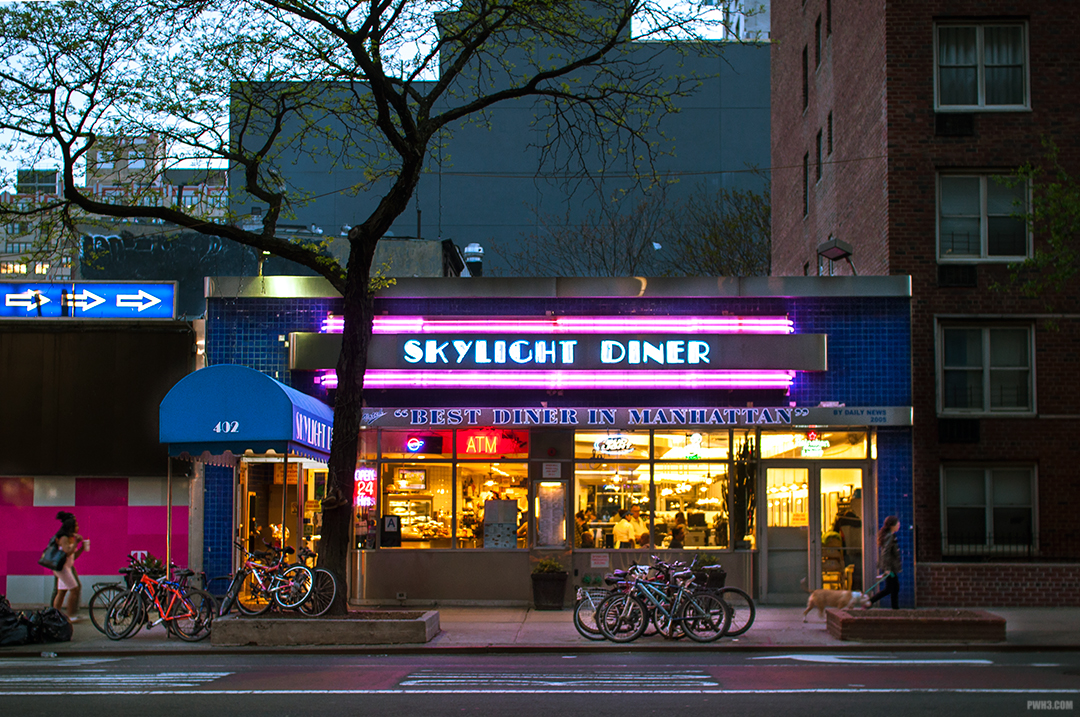
The 12.3 megapixel images definitely have a distinct “look” to them, and that’s due to a lack of dynamic range and what I find to be duller colors in general. With a good amount of post-processing effort on the RAW files, particularly in terms of color correction, you can bring them almost up to par with more modern cameras. On the other hand, it’s very easy to get a lo-fi “film look” out of the images if that’s what you’re aiming for.
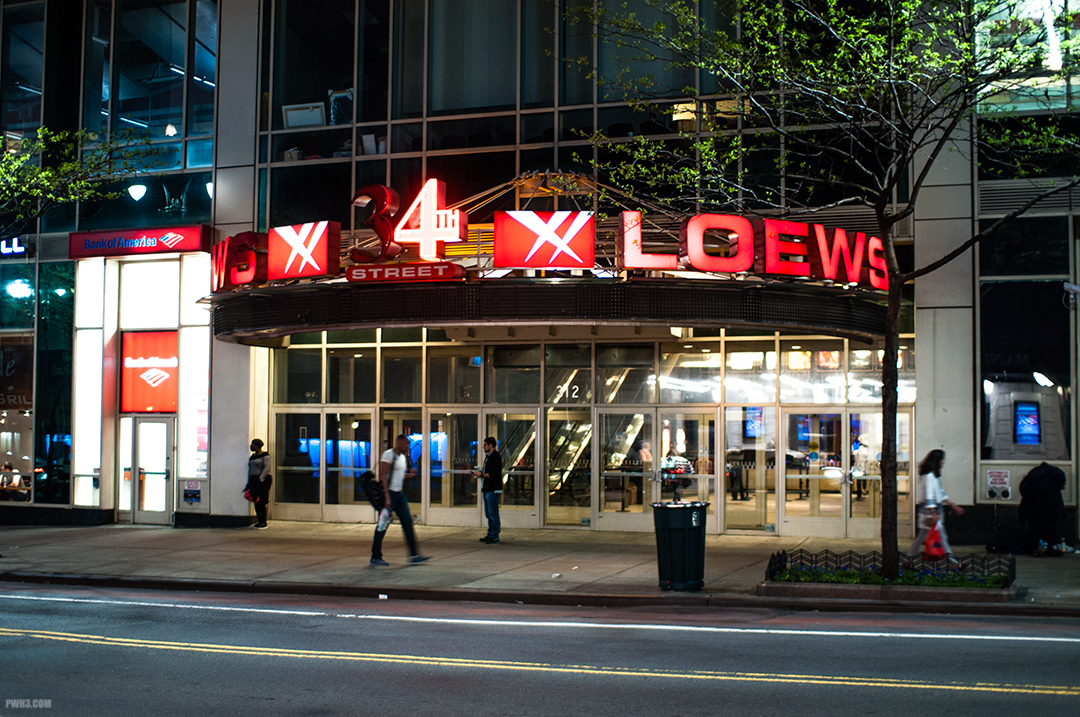
One last interesting thing about the D90 is that it seems to currently be very popular in other countries. Perhaps this is due to a lack of availability of other models at reasonable prices. I’m just guessing, I don’t really know. But if you hop on the #nikond90 or #d90 tags on Instagram, you’ll likely be treated to some very cool photographic scenes from all over the world.
Would I recommend that you run out and buy a D90? Honestly, no. You’ll get way better images out of a used entry level DSLR like a Nikon D3300 for around the same amount of money. Even with a lot of post-processing, the D90 images still won’t look quite as good as those from a newer camera, particularly when it comes to high-ISO shots.
However, if you’re looking for a creative challenge, really are looking for a backup camera that you won’t mind ruining, or just want to mess around with old technology, by all means get a D90 and go out and shoot with it.
The photos in this story were taken with a Nikon D90 and Sigma 30mm f1.4 DC HSM lens.
The Empire State Building as Seen From 10th Avenue
This image is also featured in my article Why You Should Shoot RAW. You can see the original version in that blog entry and get some information about the benefits of RAW. Taken with a Nikon D5100 and 35mm f1.8DX lens from the backseat of a taxi.
Beginning Photography Cheaply
So you want your very first “real camera” — you want a DSLR. You’re ready to step up from your point-and-shoot or smartphone. But you’re not sure what you should buy to get started, and you don’t want to spend too much money as a beginner. Here’s my advice:
Buy Used
There are some people that will scoff at the idea of buying anything used, but it’s extremely common in the photography world to buy used gear. Photographers are constantly selling their equipment for various reasons. Sometimes a photographer doesn’t use a camera or lens as much as they thought they would. Or maybe they are selling off equipment to buy something more expensive. Whatever the case, the used photography gear market is thriving and you’re sure to find whatever you want at a discount. It’s true that there’s always a risk that some used gear may be in bad shape or may not function properly, so use a reputable source like KEH or Amazon (both have generous and easy return policies) and you’ll be fine. You can also try ordering refurbished equipment directly from the manufacturer.
I personally rarely buy any of my equipment new; nearly every piece of gear I have was bought used. Many of my cameras and lenses are very old.
Buy a Nikon
For a beginner, choosing between Canon and Nikon is often an agonizing decision, so I’m going to make it easy for you: just buy a Nikon. Okay, I’m a Nikon fan, it’s true. But they really are great cameras, and any Nikon DSLR made after 2011 is going to give you very high-quality images. And when compared with similar cameras from Canon, Nikon cameras usually have more megapixels and better sensors.
Buy One Lens
When you’re shopping for your used Nikon, keep in mind that it’s likely just the body you’re buying. You’ll also need to buy a lens. But don’t buy a bunch of lenses. As a beginner photographer, you’re going to be figuring out your style and what you like to shoot. Get one general-purpose lens and stick with that for a while.
My Specific Recommendation
Buy a used Nikon D3300 and a 35mm f1.8G DX lens. The Nikon D3300 is a very good camera, with excellent image quality. It’s also small and light, which means you’ll be more likely to throw it in a bag and bring it with you everywhere.
The 35mm f1.8G DX lens is a great all-around lens. It’s inexpensive, very sharp, focuses quickly, and it’s small. It’s also good for low-light situations, such as night photography or taking pictures of your friends in dimly lit bars. The lens is also good for people shots since it will give you that nice “blurred background” look when you take a picture of someone’s face. Also, it can focus very closely on objects — great for food shots, for example. And you won’t have to buy anything else for a while.
Good luck getting started on your photographic journey, and if you have any questions feel free to e-mail me, message me on Instagram, or leave a comment below.
Empire State Building as seen from Long Island City
This is a shot of the Empire State Building as seen from the pier in Long Island City. The building is lit up in the colors of the New York Mets baseball team. Taken with a Nikon D5100 and the 35mm f1.8 DX lens.
Brooklyn Promenade
A view of the Manhattan skyline from the Brooklyn Heights Promenade. Shot with a Nikon D5100 and 35mm f1.8 DX lens.

